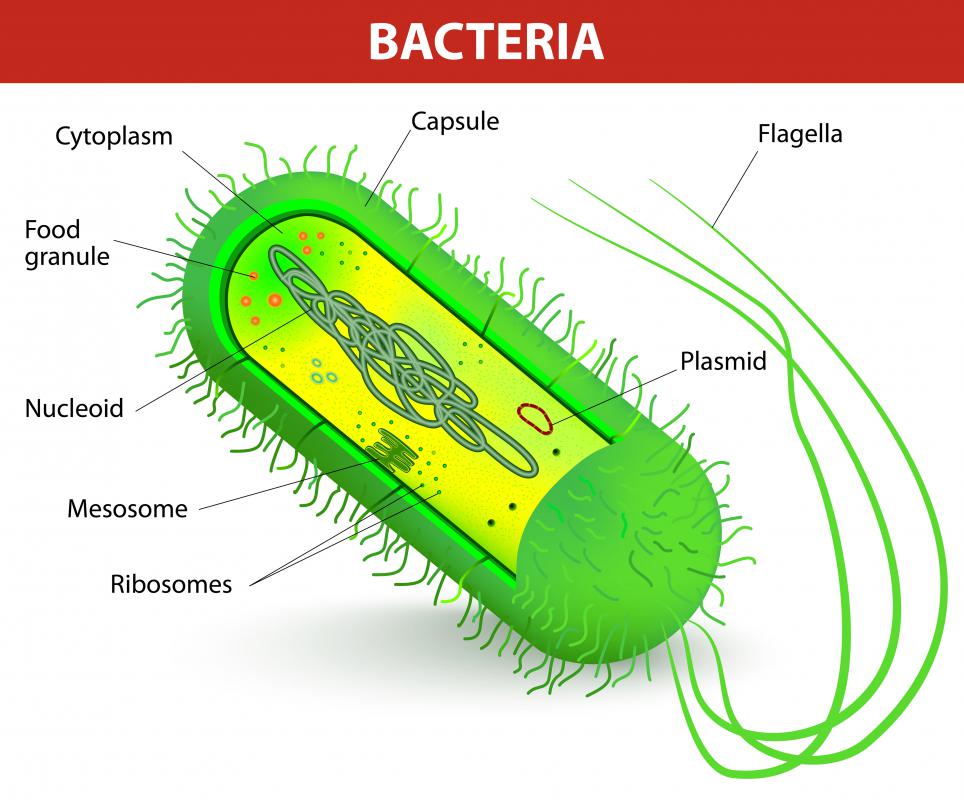At WiseGEEK, we're committed to delivering accurate, trustworthy information. Our expert-authored content is rigorously fact-checked and sourced from credible authorities. Discover how we uphold the highest standards in providing you with reliable knowledge.
What Is Kanamycin Resistance?
Kanamycin is an antibiotic that kills certain species of bacteria. Bacteria multiply quickly and are capable of rapid mutation, which can produce new bacteria that are not vulnerable to the antibiotic. In the case of kanamycin resistance, this problem is exacerbated as bacterial resistance to related antibiotics can also confer some resistance to kanamycin.
The aminoglycoside group of antibiotics includes kanamycin as well as substances such as gentamicin and streptomycin. This group of antibiotics attacks a wide range of bacterial pathogens. Their mode of action is to disrupt the protein synthesis of the bacterial cell. They do this by sticking to a structure known as the 30S ribosome, which helps to build protein strands.

Blocking the 30S ribosome prevents the bacterium from making the proteins it needs to survive and grow. It also causes the cell to expend energy producing proteins that are not useful. Kanamycin also makes the membrane of the cell less sturdy, which is detrimental to the bacterium.
Bacteria multiply very quickly and can be present in great numbers. The population of bacteria can vary in genetic makeup and, therefore, in potential targets for antibiotics. If an infected person takes an antibiotic, that drug may kill all the susceptible bacteria and leave the bacteria behind that have a special resistance to that antibiotic. These can then grow out of control again and be immune to the same antibiotic.

Examples of bacterial infections that could possibly be treated with kanamycin include Escherichia coli, Serratia marcescens, and Mycobacterium tuberculosis infections. In the case of tuberculosis, which is commonly resistant to several drugs, kanamycin is a second-line treatment and is only prescribed after an initial treatment fails. It is usually taken in combination with other drugs to increase the efficacy of the treatment in case the pathogen has kanamycin resistance.

Genes and mutations are the reasons for kanamycin resistance. A bacterium may naturally be resistant to the drug. One such example is the nptII gene, which is found naturally in bacteria and which produces an enzyme that inhibits the action of kanamycin in the bacterial cell. This type of natural resistance passes down through the bacterial generations.

Different bacteria can also obtain a kanamycin resistance gene in a horizontal manner. A bacterial virus, which previously infected one cell, can accidentally pick up a gene from that cell and carry it into another cell. Bacteria can also give each other small packages of genetic material in small circles of DNA, known as plasmids. Sometimes, a cell simply picks up loose genes from broken-down cells in the environment.
AS FEATURED ON:
AS FEATURED ON:















Discuss this Article
Post your comments